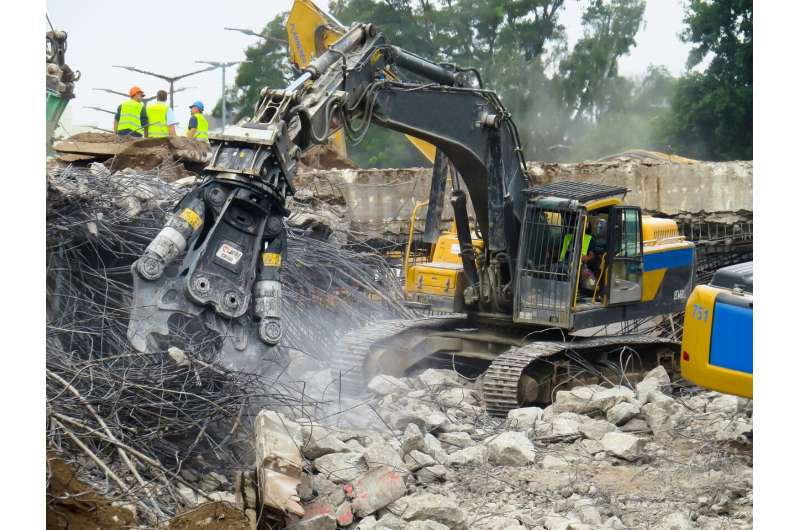[ad_1]

Two of the ten most damaging earthquakes in recorded history happened on January 17th. This year is the thirtieth anniversary of Japan’s Great Hanshin-Awaji Earthquake. The Northridge Earthquake in Southern California happened just one year earlier, in 1994. The two events killed 6,400 people, injured 45,000, and left a half million people homeless.
“These two events were seminal for the fields of engineering and infrastructure,” said Paolo Bocchini, Director of the Center for Catastrophe Modeling and Resilience at Lehigh University.
“Both disasters changed how we look at losses due to infrastructure failures, promoted the adoption of performance-based design, and perhaps most importantly, dramatically increased awareness of the need for catastrophe modeling to ensure we continue improving resilience and readiness.”
Performance and functionality.
It took two twentieth-century earthquakes to bring performance-based design front-and-center. Its origins date back to the mid-eighteenth-century BC when, in the aftermath of an earthquake, Babylonians declared “A house should not collapse and kill anybody.”
The evolution of earthquake resilience happened much faster. Societal expectations have advanced dramatically in the thirty years since Hanshin-Awaji and Northridge. So have materials and engineering technology.
“The life safety considerations are no longer enough,” Bocchini said. “We want our buildings and bridges to withstand major events and remain functional—or at least be quickly repairable.”
Loss of use during recovery cost the Los Angeles area economy $40 billion while the community rebuilt after the Northridge quake. Lehigh University researchers have been champions of the emerging discipline of functional recovery engineering, calling it the next evolution of resilience. They’ve introduced the “functionality fragility curve,” a new tool for investigating greater structural post-event functionality from a broader socio-economic perspective.
Bunkers are very safe, but nobody wants to live in a bunker.
“Engineers can design for any target earthquake magnitude. Stronger structures, however, come at a cost more complicated than pure dollars and cents.” Bocchini said. “Resilience is a social, political, and behavioral decision. More resilient communities require everyone to understand the threats they face.”
Understanding earthquake basics…
- Balance: When the ground shakes, it imparts mostly horizontal loads to structures. Structural collapse occurs vertically. Earthquakes can leave structures off balance, allowing gravity to take them down.
- Behavior: Deciding the level of damage that a structure should withstand is behavioral—a complex balance of engineering and infrastructure at the intersection of nature and community.
- Benefit: Increasingly, there is a focus on benefit—infrastructure that will save lives and retain useability after a quake.
Provided by
Lehigh University
Citation:
Two of history’s most damaging earthquakes struck on January 17 (2025, January 10)
retrieved 12 January 2025
from https://phys.org/news/2025-01-history-earthquakes-struck-january.html
This document is subject to copyright. Apart from any fair dealing for the purpose of private study or research, no
part may be reproduced without the written permission. The content is provided for information purposes only.
[ad_2]
Source link






